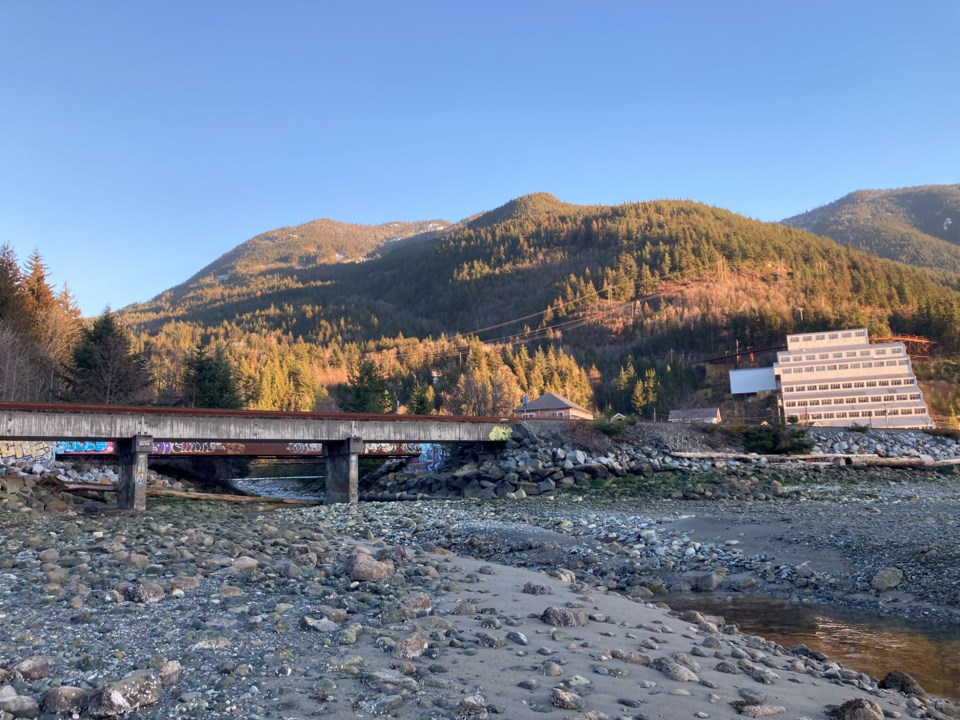The Squamish-Lillooet Regional District's (SLRD) annual Statement of Financial Information (SOFI) report detailing the district's top earners and payments made to suppliers in the previous year is being presented to the SLRD board this week.
According to the report, in 2022, the regional district spent considerably more on remuneration for staff and expenses for elected representatives, and over $1 million more on payments to suppliers.
The SLRD board is made up of 10 elected representatives from the region's four member municipalities (Whistler, Squamish, Lillooet and Pemberton) and four electoral areas.
Last year, the board accounted for $259,429 in wages and $30,680 in expenses (which were up from $9,634 in 2021). The highest expenditures came from the four area representatives, with Area A Director Sal DeMare accounting for the most significant portion at $12,357, followed by Area D's Tony Rainbow ($6,652), Area C's Russell Mack ($4,816) and Area B's Vivian Birch-Jones ($3,994).
DeMare said his higher expenses were due to his commute to board meetings from his home at Gun Lake in the Upper Bridge River Valley to Pemberton via the long and rough Road 40 to Lillooet, and then the Duffey Lake portion of Highway 99.
The trip from Gun Lake to Pemberton is about 200 kilometres one-way and requires driving over significant portions of gravel roads—which the SLRD calculates at a higher mileage rate in its expensing formula.
"This year, I have also picked up the mayor of Lillooet and SLRD Area B Director in Lillooet and returned them. This saves the SLRD expense funding by carpooling. When the Hurley FSR is open for approximately four months, I use it as it is shorter," DeMare said in an email.
Other contributing factors to DeMare's expenses include regular overnight stays in Pemberton for director meetings, and attendance at the Union of BC Municipalities AGM, Southern Interior Local Government AGM, and Local Government Leadership Academy's yearly session.
Meanwhile, the SOFI report also shows that the number of SLRD employees earning more than $75,000 rose in 2022 from 18 to 22.
The top five earners, including expenses were chief administrative officer (CAO) Craig Dalton ($219,998); CAO Melany Helmer ($202,078); director of finance Suzanne Lafrance ($170,554); director of legislative and corporate services Kristen Clark ($163,506); and director of planning and development Kimberly Needham ($142,084).
The total spent on staffing in 2022 was $3,491,342 —up from $2,842,409 in 2021. Employees earning more than $75,000 accounted for $2,408,776, with employees earning less than $75,000 making up the remainder.
Payments to suppliers were also up, from $8,233,487 in 2021 to $9,435,962 in 2022. in 2020, the SLRD spent $7,382,393 on suppliers.
The top supplier payments were to Lizzie Bay Logging ($1,406,301), followed by the Receiver General of Canada ($1,081,754—for policing costs); GFL Environmental ($597,175); Municipal Pension Plan ($501,770) and Keats Island Construction Services ($479,297).
The regional district distributed $4,308,277 in grants and contributions in 2022. The top grant recipients were the Squamish Public Library ($75,000); Bridge River Valley Community Association ($63,178); Squamish Climate Action Network ($40,000); and Lillooet Agriculture and Food Society ($32,000).
The largest contributions in 2022 went to the District of Squamish ($1,407,120); the Village of Pemberton ($1,106,350); the Pemberton and District Library Board ($342,485); Lillooet and Area Library Association ($312,793) and the District of Lillooet ($169,949).
Find the full report here.





